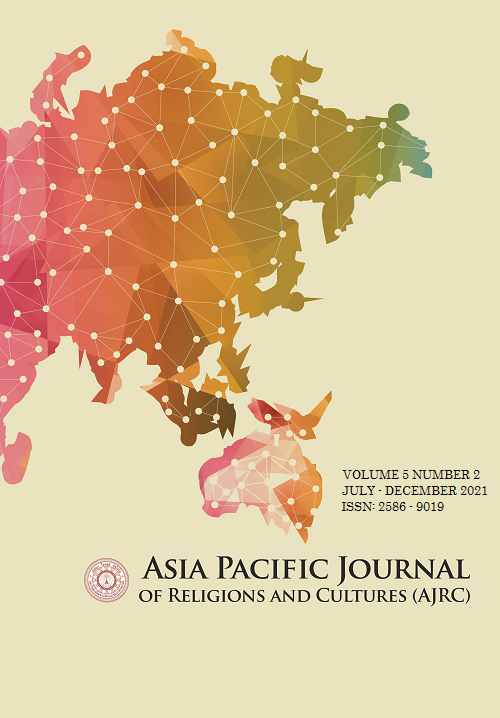Developing Field Independence in Chinese Language Secondary School Students through the Transcendental Meditation Program
Main Article Content
Abstract
Field independence is the ability to focus sharply (analyse) while maintaining broad awareness (synthesize). Its importance for student development is widely recognized by educators. Published studies show significant growth of field independence in students through the regular practice of the Transcendental Meditation technique. One such study evaluated benefits to Chinese language students. To explore this area further, this current study was conducted to evaluate changes in field independence for secondary school students (grade level 7; average age=13 years) practicing the Transcendental Meditation technique in a private Mandarin language secondary school in Malaysia. All students, faculty, and administrators practice the Transcendental Meditation technique twice-daily as part of the regular school day. The purpose of this study was to evaluate change in students’ field independence, using the Group Embedded Figures Test (GEFT), Thirty-one students participated in this longitudinal study, with pretesting prior to learning the Transcendental Meditation (TM) technique and post testing five months later. Students practiced the TM program at school twice a day for about 15 minutes. Results indicated significant improvement in field independence over five months due to students’ practice of meditation. Administrators and teachers are encouraged to incorporate practice of TM into the curriculum to enhance students’ cognitive development.
Article Details
References
Badawi, K., Wallace, R.K., Orme-Johnson, D., & Rouzere, A.M. (1984). Electrophysiologic characteristics of respiratory suspension periods occurring during the practice of the Transcendental Meditation Program. Psychosomatic Medicine, 46(3), 267–276.
Dillbeck MC, Bronson EC. (1981). Short-term longitudinal effects of the transcendental meditation technique on EEG power and coherence. International Journal of Neuroscience, 14(3-4):147‐151.
Dillbeck, M. C., Assimakis, P. D., Raimondi, D., Orme-Johnson, D. W., & Rowe, R. (1986). Longitudinal Effects of the Transcendental Meditation and TM-Sidhi Program on Cognitive Ability and Cognitive Style. Perceptual and Motor Skills, 62(3), 731–738. https://doi.org/10.2466/pms.1986.62.3.731
Goodenough, D. R. (1976). The role of individual differences in field dependence as a factor in learning and memory. Psychological Bulletin, 83(4), 675–694.
Kam, T. S., Orme-Johnson, D. W. (2000). Three randomized experiments on the longitudinal effects of the Transcendental Meditation technique on cognition. Intelligence, 29(5), 419-440.
Maharishi M.Y. (2001). The science of Being and art of living. USA: Age of Enlightenment Press.
Orme-Johnson, D. W., Raimondi, D. B Veseley, B., Dillbeck, M. C., Wallace, R. K. (1981). The Influence Of The Transcendental Meditation And TM-Sidid Program On Field Independence: The Growth Of A Stable Internal Frame Of Reference. USA: Maharishi International University.
Pelletier, K. R. (1974). Influence of Transcendental Meditation upon Autokinetic Perception. Perceptual and Motor Skills, 39(3), 1031–1034.
Roth, R. (1987). Maharishi Mahesh Yogi’s Transcendental Meditation. New York: Donald I. Fine.
Silverman, A. J., McGough, W. E., & Bogdonoff, M. D. (1967). Perceptual correlates of the physiological response to insulin. Psychosomatic Medicine, 29(3), 252–264.
Travis, F.T. (2010), The Center for Brain, Consciousness, and Cognition at Maharishi University of Management. Cognitive Processing, 11, 85–86.
Wallace, R.K. (1989). The neurophysiology of enlightenment. Iowa: Maharishi International University Press.
Wallace, R.K. (1970). Physiological effects of Transcendental Meditation. Science, 167, 1751–1754.
Witkin, H. A., Oltman, P . K., Raskin, E., & Karp, S. A. (1971). Manual, Embedded Figures Test, Children's Embedded Figures Test, Group Embedded Figures Test. Palo Alto. California: Consulting Psychologists Press.


